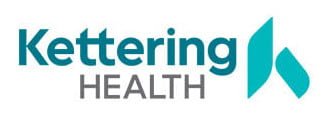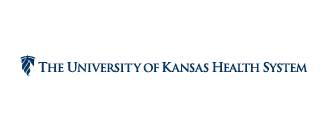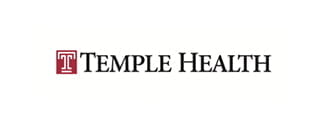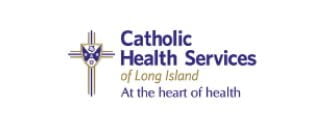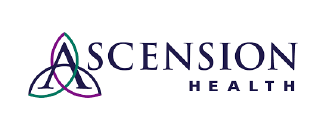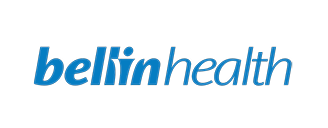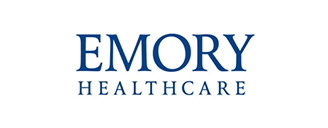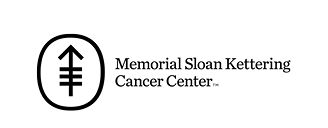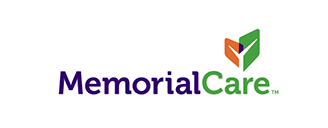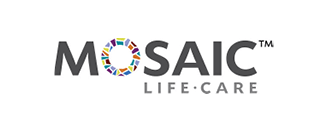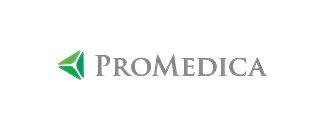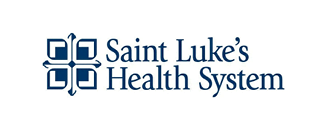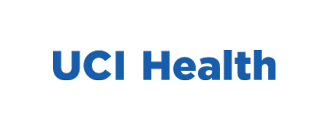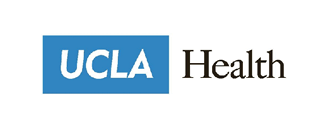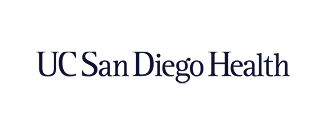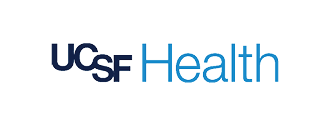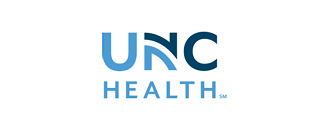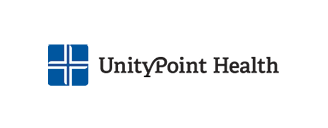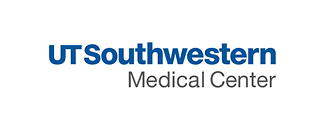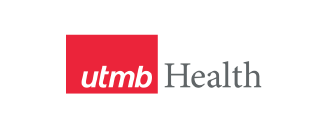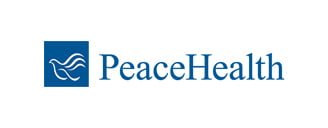Introduction
Despite accounting for half of all pharmaceutical spending, there is a significant lack of standardization in specialty pharmacy.
This ambiguity makes it difficult for patients, providers, payors, and manufacturers to navigate the specialty pharmacy landscape. Patient outcomes, medication management, and drug costs can all be impacted by a lack of standardization.
Accreditation programs and other initiatives are well underway to promote more standardization in specialty pharmacy. In the process, however, specialty pharmacies are often spread thin to meet the vastly differing requirements of each accrediting body.
Below, we discuss the lack of widespread standardization in specialty pharmacy and its implications for patients and other industry stakeholders.
The trouble with defining specialty pharmacy
There are plenty of working definitions in the specialty pharmacy industry. Many professional and regulatory bodies, for example, define specialty medications for their own purposes. However, there currently is no universally agreed upon definition of a specialty medication.
Some organizations like the NASP carefully outline specialty medications according to their complexity and the condition they’re designed to treat. Others like the CMS categorize any high-cost medication as a specialty drug.
The lack of a single source of truth for specialty pharmacy stems from several factors.
- First, specialty drug development has evolved so rapidly that efforts for standardization simply aren’t able to keep up.
- Second, specialty pharmacies handle many medications all designed to treat highly complex conditions. This makes it difficult to create a definition that accounts for all the nuances involved with each medication.
- Lastly, different stakeholders may have different reasons to define specialty medications. While the NASP definition speaks to the requirements of accreditation bodies, the CMS definition is primarily concerned with reimbursement needs.
Processes within the specialty pharmacy are likewise difficult to standardize without a firm definition for all stakeholders to work under.
The impact of ambiguity
The lack of a universal definition or set of standards for specialty medications poses several challenges.
First and arguably most important is the possibility of inconsistent patient care. Without standardization, patients may receive varying levels of support, education, and monitoring depending on the specialty pharmacy they use.
This variability makes it difficult for payors and manufacturers to monitor and compare outcomes across multiple pharmacies. To control for this, manufacturers often limit the number of pharmacies they authorize to distribute their drug. In some cases, this can be just a single pharmacy.
While intended to promote patient safety and adherence, this approach may have several drawbacks.
First, a lack of distribution channels can reduce competition among specialty pharmacies and lead to increased costs for patients.
Second, independent specialty pharmacies may struggle to win distribution rights relative to specialty pharmacies backed by larger health networks.
Standardization is critical in an industry where adherence and consistency are key to better patient outcomes. However, limited distribution may have unintended consequences that further impact patient access.
Implications for accreditation
Specialty pharmacy accreditation bodies including URAC, ACHC, CPPA, and the Joint Commission have emerged in the last decade in efforts to promote greater standardization across the industry.
While these agencies have successfully promoted alignment on their own standards, the fact remains that there are four independent sets of standards that all differ from each other.
As a result, the industry is now trending towards obtaining two or more accreditations to stay competitive and obtain favorable contracts with payors.
The path to accreditation is rigorous and time-consuming for specialty pharmacies. In addition, having to pursue multiple accreditations and re-certify each of them every three years puts a significant strain both on pharmacy staff and resources.
Final thoughts
The bottom line is that standardization is the clearest path forward to promote patient access and outcomes in specialty pharmacy. This doesn’t just start with a universal definition of a specialty drug, but with the finer details surrounding distribution, management, and dispensing as well.
Accreditation agencies have made great progress in solidifying these processes for specialty pharmacies. However, challenges in achieving widespread standardization will remain without further efforts to consolidate these standards and establish best practices.
About VPL Rx
VPL Rx is a clinically minded shipping, tracking, and compliance solution for modernizing outbound pharmacy operations. We help pharmacies ship prescriptions safely, track and trace each shipment, and automatically alert patients. With 10-year proof of delivery and performance metrics, we also provide data analytics to help pharmacies maintain accreditation.

